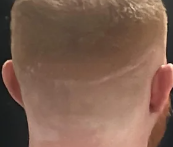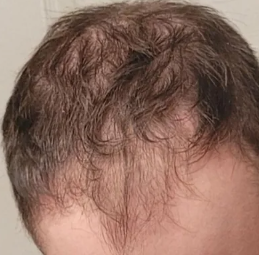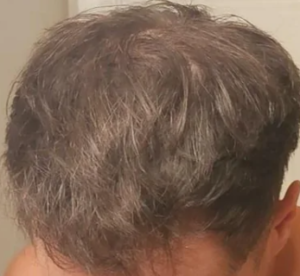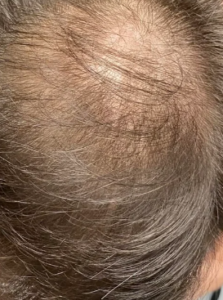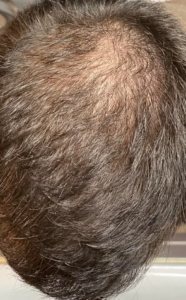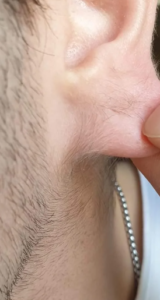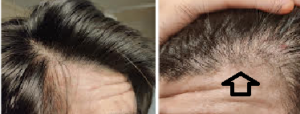I’m four months postop and I’ll be honest I was a little embarrassed to get a haircut because of the scar but now I’m just embracing it. I’d rather have a visible star in the back of my head then no hair on top.
The scar can be concealed with SMP or just let your hair grow out a bit more. I agreed with your comment as most of my patients feel the same way as you do about getting their hair back. Strip Hair Transplants or FUE all have their cosmetic costs so there is no free ride if you want to get your hair back. For those of you who are going to make a decision to get a hair transplant, be sure to speak with your surgeon about the down sides of FUE and Strip surgery before making a decision for a hair transplant.

